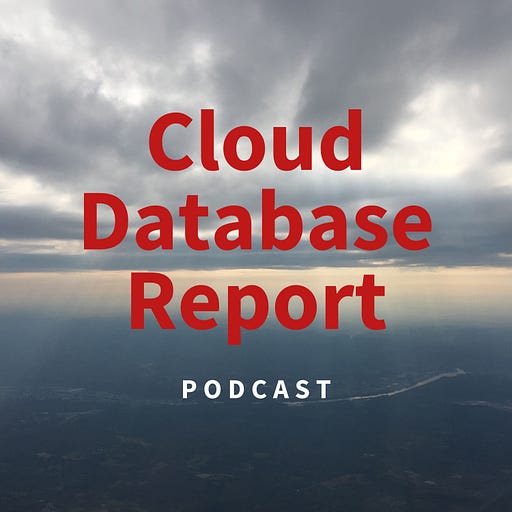Hi everyone! This is an update to my recent blog post on the final days of the legacy data warehouse (link below). Out with the Old… A new report from Ocient has me thinking about the state of data warehouses. But before I get into the report’s details, let me turn back the clock a few years. I’ve been covering th… Read more16 days ago · 3 likes · John Foley The topic of legacy data warehouses slowly fading away struck a chord with many readers. Now we have updates from Snowflake and Teradata. On Aug 24, the same day I published “The Final Days of the Legacy Data Warehouse,” Snowflake announced its earnings for Q2 FY2023. Not surprisingly, a question about legacy systems came up during Snowflake’s earnings call. One financial analyst asked Snowflake CEO Frank Slootman about the level of activity of customers migrating from on-premises systems to Snowflake’s data cloud.
Is he right? I have no doubt that he is. According to Ocient, 59% of respondents to its survey are actively looking to switch data warehouse providers. They specifically named IBM, Cloudera, and Teradata as the top 3 legacy environments that data managers want to move away from. Their reasons: · 40% want to modernize their legacy platforms · 42% feel their existing system isn’t comprehensive enough, and · 36% say it’s not flexible enough This explains why Snowflake, with its data cloud and data marketplace, has become such a tour de force. Other disruptors are Databricks, Firebolt, SingleStore, TileDB, Yellowbrick, and of course AWS, Google, and Microsoft. I would include Ocient as well, with its hyperscale data warehouse platform, which is capable of analyzing trillions of records. The old guard respondsWhere does that leave traditional data warehouse providers—companies like IBM and Teradata? They know that their customers want newer, cloud-native platforms. And they’re taking steps to modernize their offerings. That brings me back to Teradata, which recently made a product announcement that is relevant to this whole discussion. Teradata is synonymous with the older data warehouses that many organizations are looking to replace. But Teradata is fighting back, as SVP Ashish Yajnik described to me in an earlier Cloud Database Report podcast conversation (link below). Listen now (28 min) | In this episode of the Cloud Database Report Podcast, I talk with Ashish Yajnik, SVP of product management for data & analytics at Teradata, the old-school data warehouse company that is transitionin… Read more7 months ago · 2 likes · John Foley Teradata’s new cloud-native architectureNow, Teradata has just introduced VantageCloud Lake, a new and improved cloud data warehouse that is based on a cloud-native architecture. With modern capabilities like object storage in the cloud, auto scaling, and self-service in AWS, and soon to be available in other clouds. So the decision to move to a cloud data warehouse is getting easier, but also harder in some respects.
Who will be the next leaders in this fast-changing market? We’ll have to wait a while longer for the query results on that question. If you liked this post from Cloud Database Report, why not share it? © 2022 John Foley | ||||||||||||||||||||||||||||||||||||
ERP documents are collection from various sources. We don't create them. They are created and owned by mentioned respective authors.
Document Authors: No copyright infringement intended. If you want us to add / remove this content, please let us know by writing to goodreads @ onlyerp dot com
Podcast: Snowflake vs. Teradata
Podcast: Snowflake vs. Teradata


Listen now (5 min) | Legacy data warehouse vendors are introducing cloud-native platforms, too.



